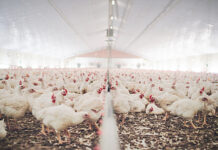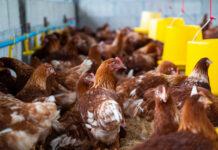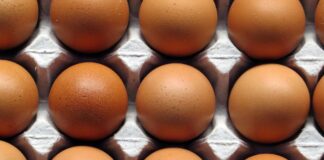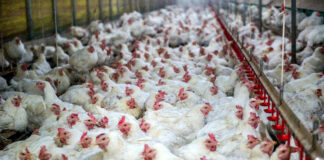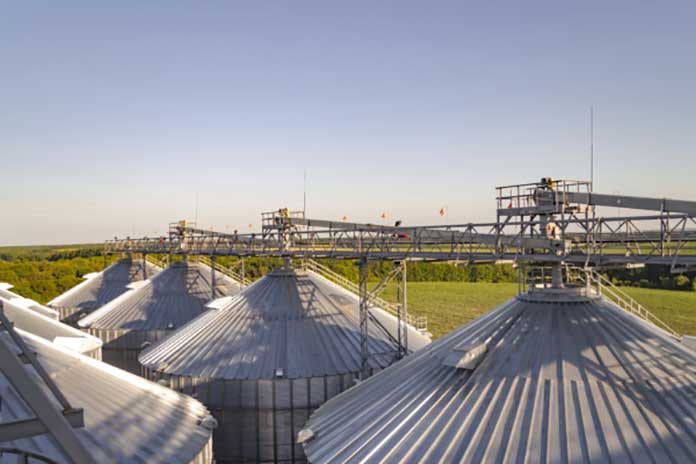
Wageningen University and Research (WUR) studied the origin of protein-rich feed ingredients, which in 2018 were applied in Dutch compound feeds. 65% of proteins in Dutch compound feed originated from Europe. Previously, WUR investigated this origin for the years 2011, 2013, 2014 and 2015.
Origin
Including all applied feed ingredients in the calculation resulted for the total livestock sector over the period 2011 – 2018 in a proportion of 56 to 65% protein of regional origin. If we only include the protein-rich feed ingredients in the calculation, the proportion of protein of regional origin amounted 39% in 2011, 41% in 2013, 48% in 2014, 38% in 2015 and 47% in 2018, respectively. Including also protein-rich liquid coproducts in the protein-rich ingredients resulted in 2018 in a proportion of 50% protein of regional origin.
Three scenarios
Three different scenarios were studied:
- the origin of protein provided by all applied feed ingredients,
- the origin of protein only provided by protein-rich feed ingredients, and
- a scenario in which the contribution of protein originating from protein-rich liquid coproducts was added to the protein-rich feed ingredients. In the second and third scenario, the threshold for protein-rich ingredients was set at 154 g per kg.
Protein of regional origin
Origin is divided in ‘regional’ and ‘non-regional’, where ‘protein of regional origin’ has been defined as protein originating from crops that are cultivated in Europe. Data about the used amount of feed ingredients, protein contents of these ingredients, and their origin are combined to obtain the proportion of regional produced protein of the five largest animal husbandry sectors in the Netherlands (dairy cattle, beef, pig, laying hen, and broiler), as well as the total livestock sector. Regional produced volumes protein-rich feed ingredients were expressed in terms of protein volume and total volume.
Source: www.wur.nl



